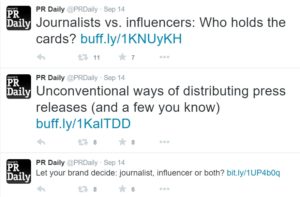From a high-level perspective, the entire legal profession is based on conflict. Attorneys deal with various forms of conflict on a regular basis; it’s negotiating a settlement, arguing for your client in court, going point for point with opposing counsel in a brief. But unnecessary conflict can take a heavy toll on lawyers, and conflict resolution is a valuable skill to possess.
Good communication may not be the cure-all for conflict, but it is a critical component for conflict resolution. The key is understanding two elements: how you communicate and how the other person communicates.
Communication Styles
The good news is that there are five main communication styles, so with a little practice, you can hone your own skills and better identify the styles around you. While many of us may use different styles in different situations, most will fall back on one particular style, so it’s good to know your default.
- The Assertive Style: This communication style is founded in confidence; assertive communicators are able to clearly express themselves without being overbearing or overly submissive. Assertive communication is the most effective style as well as the healthiest.
The Aggressive Style: Aggressive communicators value their needs above others; people often miss the message because they are turned off by the delivery. - The Passive Aggressive Style: These communicators often leave people feeling confused or misdirected because while they may seem supportive, they are subtly undermining or acting out their aggression behind the scenes.
- The Submissive Style: People who communicate with a submissive style put others needs above theirs to avoid conflict, but may end up deeply resentful. This is a highly ineffective form of communication in many circumstances.
- The Manipulative Style: This communication style is destructive. Manipulative communicators often have their own agenda and control situations to achieve it, sometimes without the other person knowing.
Good communication skills require a high level of self-awareness. Once you understand your own communication style, you’ll be able to practice more assertive communication.
Communication is a Two-Way Street
Understanding the communication styles of those around you is also beneficial. It’s like having a cheat sheet; you’ll be able to quickly recognize how a difficult person is communicating and you’ll know how to respond to diffuse further conflict.
Ultimately, the person communicating is responsible for how his or her audience receives the message. Different communications styles can impede or even block messages altogether, which is why learning to communicate effectively can stop unnecessary conflict even before it starts.
Need help practicing effective communication? Bulldog Strategy Group can help. Talk to us today to get started.



 Scrolling through my Twitter feed last month, I noticed a PR Daily tweet on “Unconventional ways of distributing press releases (and a few you know)” followed by a
Scrolling through my Twitter feed last month, I noticed a PR Daily tweet on “Unconventional ways of distributing press releases (and a few you know)” followed by a 